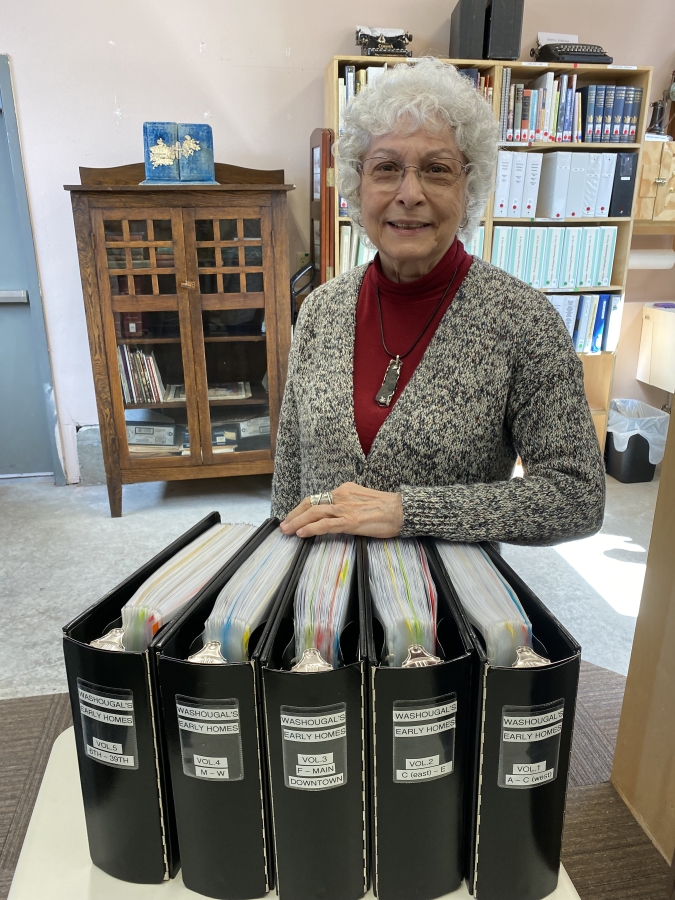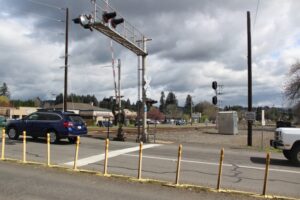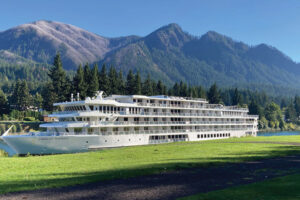Two Rivers Heritage Museum’s lead researcher, Madeline Mesplay, will introduce a walking map of historic downtown Washougal and talk about the history of east Clark County kit houses at 2 p.m. Saturday, April 22, at the Washougal Community Center, 1661 “C” St., Washougal.
The map contains information from Mesplay’s “extensive property research,” which fills five large binders, and “will take people past pre-1940s homes and buildings and feature short introductions of the people who lived and worked there,” according to a news release.
“We hope history lovers will enjoy using the map to take a stroll through Washougal’s history,” said museum volunteer Rene Carroll. “Madeline’s full body of research is a real treasure, like many treasures that can be found at the Two Rivers Heritage Museum. Our community is fortunate to have the museum and volunteers like Madeline who document and preserve our history for everyone to enjoy.”
The map was created by Mesplay, Carroll and museum volunteer Gretchen Hoyt, and designed by Lori Reed Creative, a Washougal-based marketing and graphic design agency.
Copies of the map will soon be available at the museum, Washougal City Hall, the Washougal Community Library and the Camas-Washougal Chamber of Commerce.




